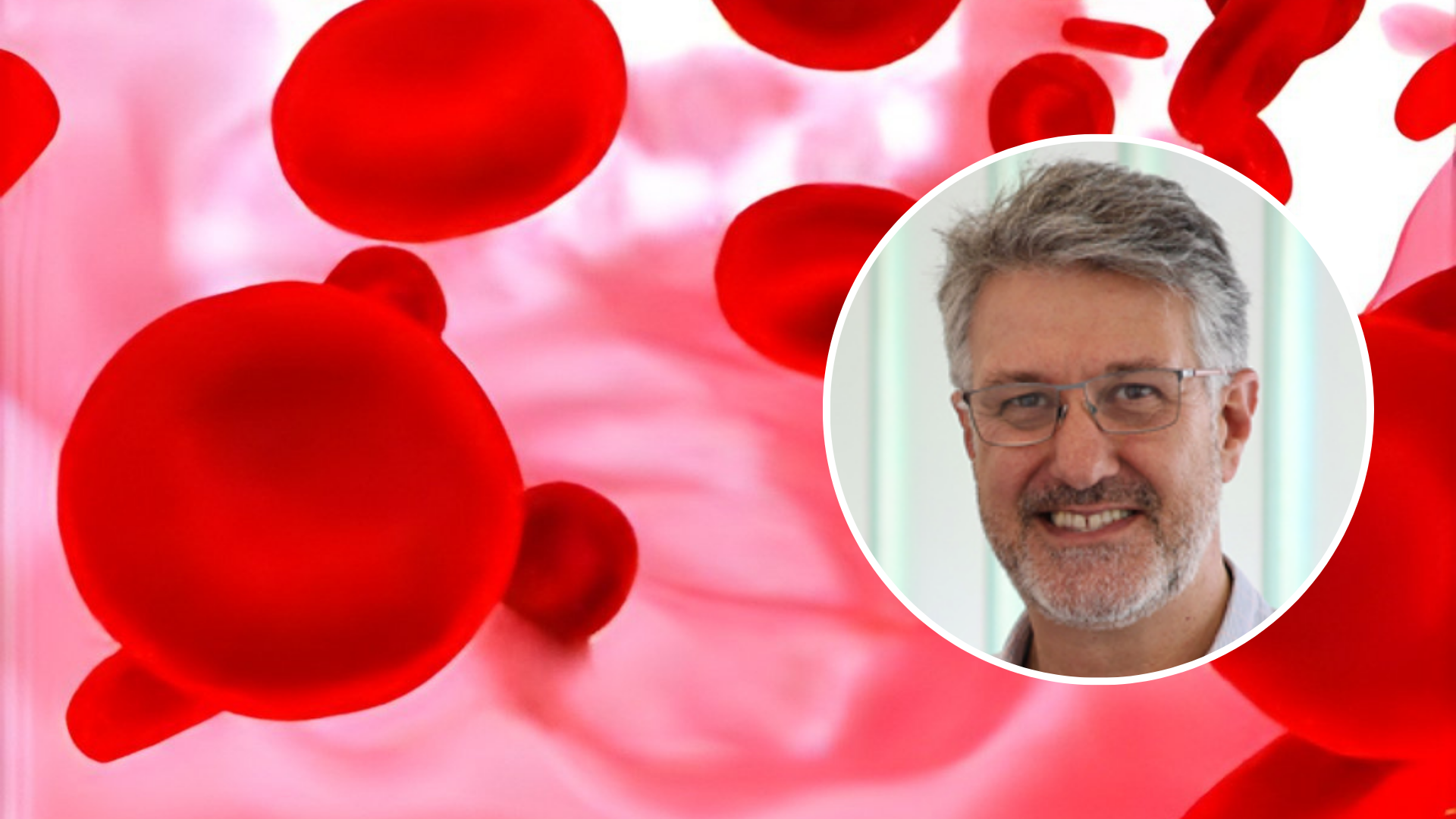Thalassaemia is a group of inherited blood disorders that affect red blood cell production. First recognised in the 1920s, its most severe form ‘thalassaemia major’ once caused life-threatening anaemia, organ failure, and early death if untreated.
The introduction of regular blood transfusions in the 1960s improved survival, but led to iron overload, which can damage vital organs. Iron chelation therapies, including oral medicines like deferiprone and deferasirox, are now central to long-term care.
In Australia, thalassaemia is more common among people with Mediterranean, Middle Eastern, South Asian, and Southeast Asian heritage. Genetic screening before or during pregnancy and at birth helps detect and prevent severe disease early.
Curative treatments have advanced, from stem cell transplants to promising gene therapies. Ongoing research in Australia and globally aims to refine these therapies, improve iron regulation, and reduce complications, offering hope for a future where thalassaemia is manageable or even curable.
BIO
Dr Jim Vadolas leads the Immunohaematology Group at the Hudson Institute of Medical Research and is a recognised leader in the field of red blood cell disorders. His research spans both inherited and acquired forms of anaemia, with a focus on developing innovative therapeutic approaches aimed at prevention, treatment, and cure.
His group is at the forefront of applying cutting-edge technologies—including lentiviral gene therapy, RNA interference (RNAi), and CRISPR-based genome editing, to advance translational solutions for chronic haematological disorders.
Event Details:
- When: Thursday 4 September 2025, 7pm
- Speaker: Dr Jim Vadolas
- Seminar: Thalassaemia Uncovered: Understanding the Condition, Recent Advances, and Hope for the Future
- Where: The Greek Centre, Mezzanine Level, 168 Lonsdale St., Melbourne
- Language: English
- Sponsors: Ithacan Philanthropic Society
